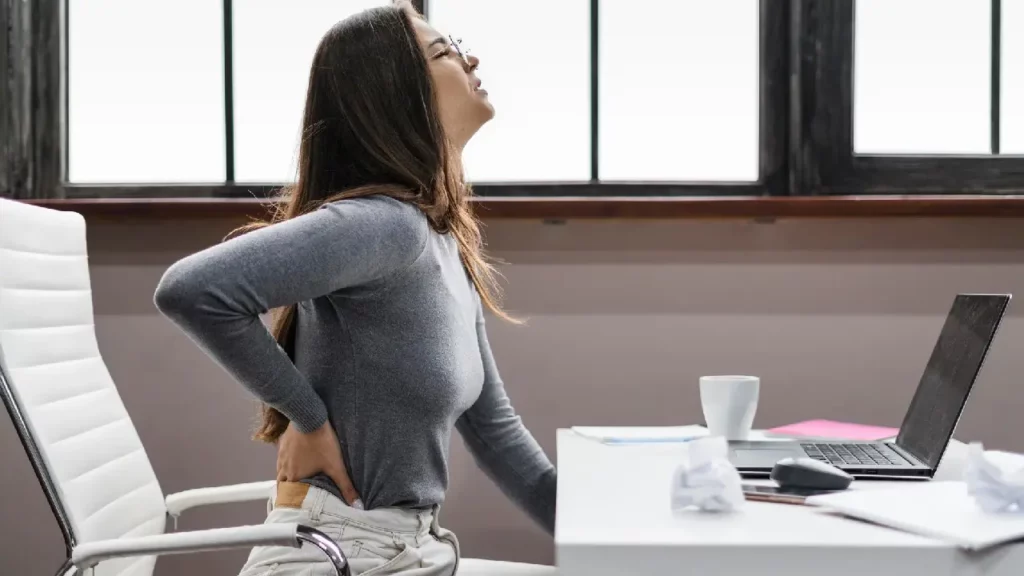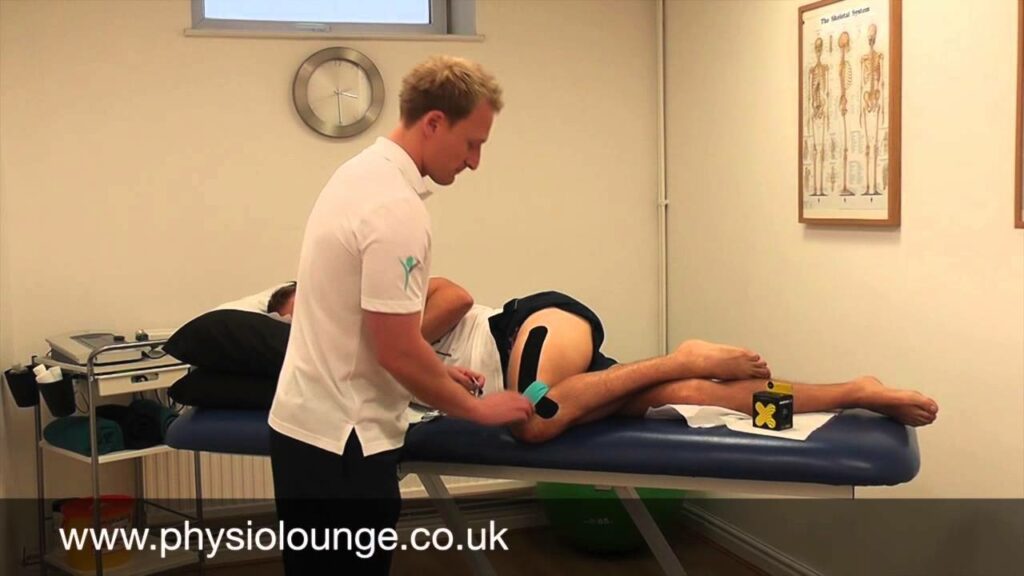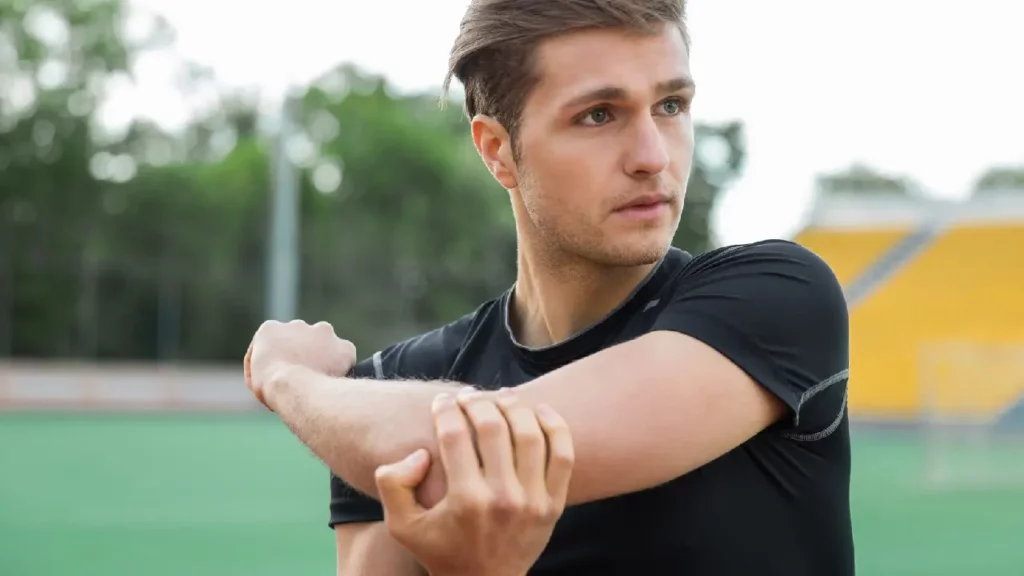We assume if you’re reading this that you’re suffering or know someone struggling with hip pain. There are of course many colourful characters in the hip region who can ‘spit their dummy out’ and start giving you pain, but today we’re looking at one of the joint structures, the acetabular labrum.
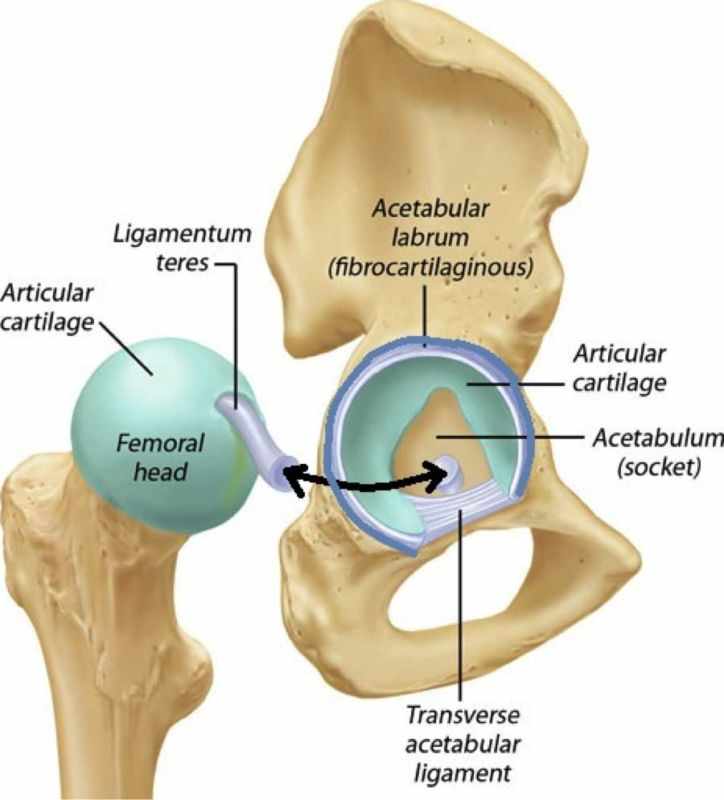
What is the acetabular labrum?
Acetabulum = fancy pants word for the hip socket
Labrum = fibrocartilaginous ring that lines the rim of this socket (about 2-3mm thick)
Acetabular labral tears (ALT) are an injury that occur often gradually without a specific event you can pin it down to. Repeated contact or prolonged pressure on this structure from the femoral head (the ball of the ball and socket joint) eventually can cause it to have a tantrum and let you know about it.
What does this labrum do?
- Shock absorption / pressure distribution
- Stability (deepens the hip socket)
- Joint lubrication
If you read our post on SLAP tears you’ll know about the labrum in the shoulder and what role it plays. The same is true of the hip. The acetabular labrum deepens the hip socket by about 20% and increases the joint surface area by nearly 30%. Wider surface area = pressure is spread/dispersed so no point ends up with more than it can handle. However, it turns out this cartilage isn’t spread round to all parts of the socket equally…
What causes an ALT?
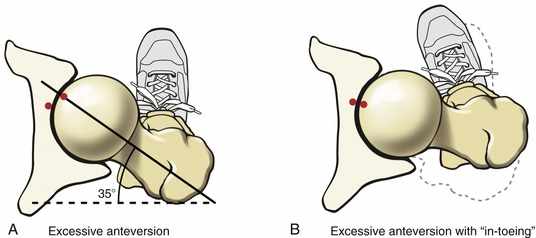
The roof and the back of the hip socket must have bribed someone as they’ve got a generous serving of this cartilage compared to the front. There is also more bony restraint at the back of the hip so the ball tends to take the path of least resistance and drifts forwards. If it’s constantly forwards in the socket it puts a prolonged pressure on the front of the labrum, potentially causing irritation overtime. An example of this could be the posture you stand in. If you stand with the hips swayed forward, or with a significant forward tilt of your pelvis, neither of these postures are a diagnosis or an injury in and of themselves, but will bias stress to the front of the hip.
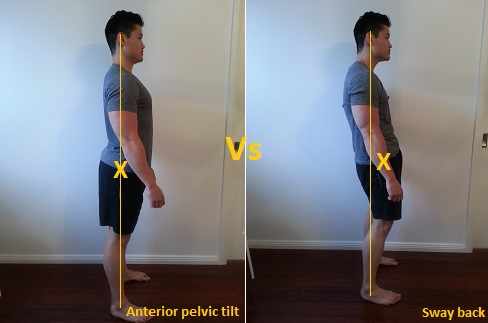
If you perform a lot of movements in sport or in the gym that involve a lot of bending, twisting, leg raises, kicks etc this can cause dynamic malalignment and impingement of the labrum causing the irritation and potential damage.
How do I know if this is the cause of my pain?
As we mentioned earlier it often won’t have a sudden onset, so while it can occur with trauma it’s less often the case. It also tends to occur more commonly in females than males and generally more active individuals.
The Pain
Severity:
- It’s very painful
Irritability:
- It’s very easily stirred up and takes a long time to settle once it’s been ticked off
Aggravating factors:
- Open chain movements in the gym like your mountain climbers, leg raises, bicycle sit ups.
- Deep squats and loaded rotation e.g. getting into or out of a car or during sports which involve a lot of pivoting twisting in a flexed position e.g. field hockey.
- You may have pain at night, walking and with relatively short periods of sitting 20-30mins.
- Location = Typically quite hard to localise, there won’t usually be a specific area you can point to but it tends to be around the groin in most cases. However, it can also spread into the side, front of the hip and buttock region.
- Any clicking, catching, locking? Many people without a labral injury have clicking, but if you’ve noticed these sensations have come on since the onset of your pain, are accompanied by pain when you experience them , this may well be an indication.
How can Physiotherapy help?
Physiotherapy can be really effective in the treatment of these pesky labral tears. We’ve had good success in treating them from the recreational gym goer, weight-lifters, footballers etc. In those cases where your symptoms are responding to Physio, we’ve got links to fantastic orthopaedic specialists who we can refer you to.
- Comprehensive assessment to confirm diagnosis
- Postural analysis (to identify the relevant points we mentioned before)
- Biomechanical assessment (to analyse movement patterns – the way you’re moving could be putting stress on the labrum and be the root cause)
- Development of personalised rehabilitation program:
- Postural modifications
- Core / pelvic / hip stability exercises
- Soft tissue massage
- Taping
- Joint mobilisations
Wrap Up
Hopefully you’re now more clued up on the acetabular labrum and now have a better idea if it may be a likely source of symptoms for you or one of your loved ones. So what’s the next step? If that is the case book an assessment online or face to face using our booking portal below.
